Do you need indoor cycling specific clothing?
With an ever expanding range of indoor cycling kit available, we ask if it really makes any difference?
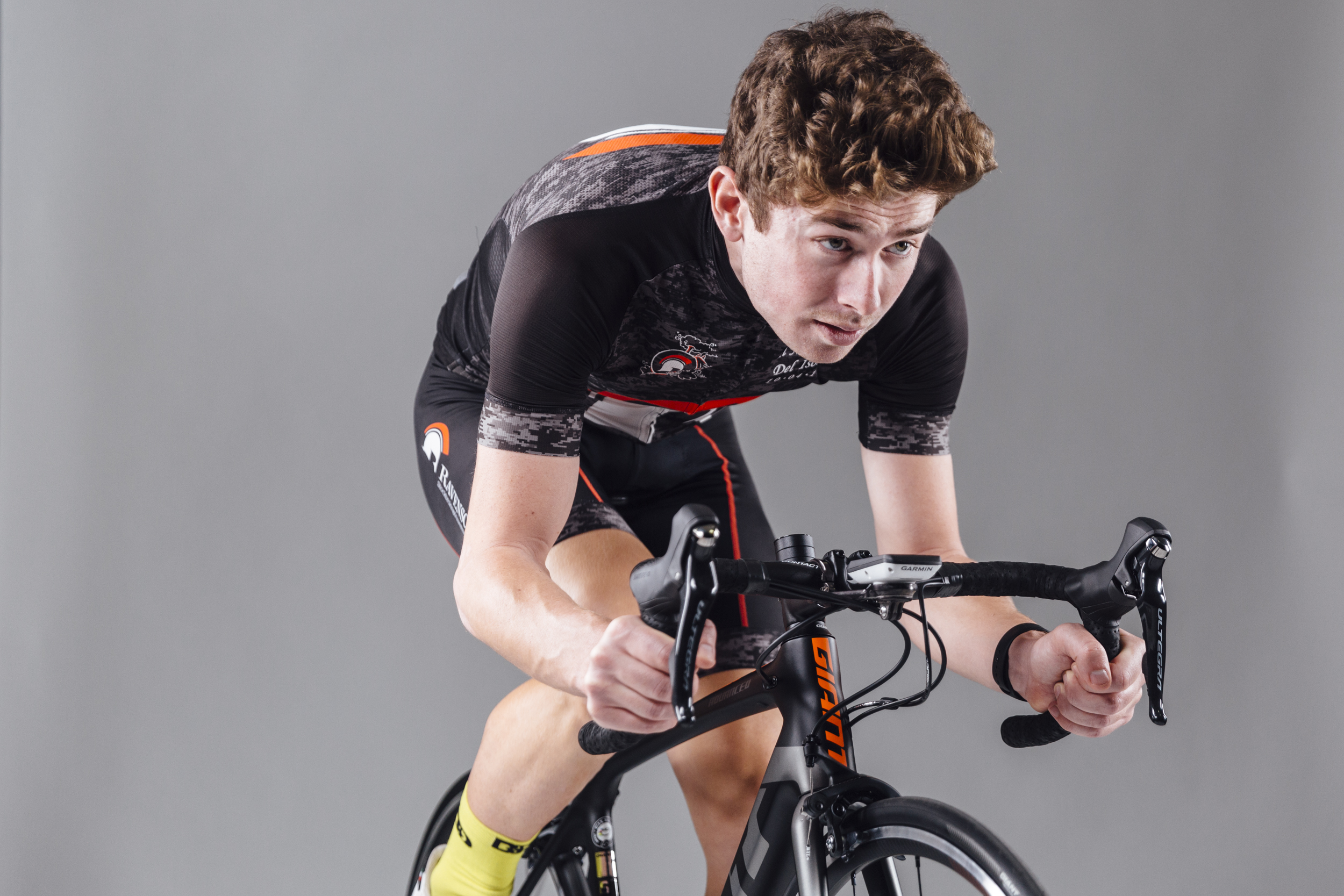

In the past few years, indoor cycling has been completely transformed - from a means to an end that was only mildly more preferable to watching paint dry, to an entertaining form of exercise and a racing genre in its own right.
Like any emerging trend, this has resulted in an explosion of products available to enhance the experience – including an influx of indoor cycling specific clothing.
The most recent brand to join the party was Rapha - with a sleeveless technical t-shirt, vented 'indoor training cap', alongside the existing Cargo waist shorts also on offer in the “outdoor” standard range.
Back in 2018 Madison launched with the men's turbo bib shorts and jersey - both garments feature fast wicking fabrics with anti-bacterial properties, and the chamois has been specifically designed with indoor training in mind.
Interestingly, whilst Rapha promotes its Cargo core shorts, with pockets (perhaps for stashing the TV remote during intervals) the Madison jersey notably has its pockets removed.
Claiming to be first on the scene was The Sufferfest, with the ‘Suf Indoor Cycling shirt’ – a loose fitting technical top minus pockets and zips.
Founder David McQuillen told us: “Since keeping cool is critical to performing at your best, we created our SUF Indoor Cycling shirt as a super light weight, loose and comfortable garment that keeps you cool even when you’re working hard.”
So - do we really need indoor cycling clothing, or is it all a gimmick? And with brands sending mixed messages about what's actually required in a turbo garment - what does the ideal indoor cycling kit look like?
Former Lead Physiotherapist at British Cycling, Phil Burt, believes there is certainly a place for indoor cycling clothing. The expert bike fitter at the eponymous Phil Burt Innovation says that the number one consideration in a piece of kit created for the turbo is the chamois.
“You haven’t got air flowing over you to help out with heat management, and the forces involved are different to outdoor cycling – you’re sitting in a static position so have a lot more saddle contact time and increased friction.
“The chamois needs to get moisture away from the skin. It doesn’t necessarily need to get sweat out of the chamois – the pad can be heavy and wet after sessions long as your skin is dry. There are amazing ways you can layer your foam up now, and you can include channels to get sweat away from the skin too.”
Riding indoors, you’re much less likely to get out the saddle – in fact you might not do so at all if you’re a fan of training on rollers.
“The chamois you use when training indoors needs to manage pressure well. You want a pad that doesn’t bottom out completely when you’re loading it for a sustained amount of time, because then the skin and soft tissue will take that pressure.”
Discussing Madison's turbo bibshort, with its specifically designed chamois, apparel designer Rachel Preston said: “Indoor turbo training sessions get much warmer than outdoor rides due to the lack of natural airflow. Sessions are usually short - 30 to 60minutes - but we did find that our riders would shuffle around a lot in their saddles.
"As a result we selected a pad that offered fantastic moisture management, and offered really good elasticity to accommodate the continual position adjustments between different types of riding efforts during their workout session.”
Five turbo mistakes
Burt recommends increasing the comfort of your indoor sessions by training in a well ventilated room, enlisting the support of a good quality fan, as well as using chamois cream before and after sessions to “let the skin recover.”
Heat dissipation elsewhere is important, too, and this can be achieved by using a lightweight or mesh fabric.
“Your quads are a big surface area of skin where your body is looking to get rid of heat, that’s why they go so red when you’re hot. You really just want a mesh fabric there, this allows for heat dissipation and there’s no need for much else.”
It’s fair to say that not everyone is on board with the concept yet. British Cycling National E-Racing Champion, Rosamund Bradbury told Cycling Weekly that she’s yet to invest.
The former British rower explained: “To be honest, when training indoors I wear normal cycling bib shorts, like those I’d wear outside. Then obviously because you’ve got everything with you, you don’t need a normal cycling top - so I tend to wear the stuff we had when I was rowing – we called them ‘tea rags’ – but they’re base layers made from a mesh fabric.”
Having taken the National E-Racing title in March 2019, she’s eyeing the UCI World Championship scheduled for 2020, though taking it “step by step,” noting that the pool of riders experimenting with indoor racing is ever growing.
It’s likely the range of indoor cycling clothing options will grow in the coming months and years, but it remains to be seen if top athletes such as Bradbury will become adopters themselves.
The final say
No: Rosamund Bradbury, British Cycling National E-Racing Champion
“I think the most important thing is that your kit keeps you cool, as you get so warm inside. I don’t find I need an indoor specific chamois – but I think I do move around a fair bit anyway even indoors, otherwise it’s just too uncomfortable.”
Yes: Phil Burt, bike fitter at Phil Burt Innovation
“If you allow the area to get hot and wet and apply pressure, you’ve got a recipe for a certain type of saddle sore. Indoor cycling clothing, if it evolves, will help some people out.”
Our View
A quick poll in the Cycling Weekly office reveals that none of us are using indoor specific kit yet. The most important thing is that you’re well ventilated and the chamois is providing you with enough cushioning for the efforts you’re doing. Some riders will find they're able to meet these needs in their standard kit - but if you are experiencing discomfort, the indoor ranges may be your answer.

Thank you for reading 20 articles this month* Join now for unlimited access
Enjoy your first month for just £1 / $1 / €1
*Read 5 free articles per month without a subscription

Join now for unlimited access
Try first month for just £1 / $1 / €1
Get The Leadout Newsletter
The latest race content, interviews, features, reviews and expert buying guides, direct to your inbox!
Michelle Arthurs-Brennan the Editor of Cycling Weekly website. An NCTJ qualified traditional journalist by trade, Michelle began her career working for local newspapers. She's worked within the cycling industry since 2012, and joined the Cycling Weekly team in 2017, having previously been Editor at Total Women's Cycling. Prior to welcoming her first daughter in 2022, Michelle raced on the road, track, and in time trials, and still rides as much as she can - albeit a fair proportion indoors, for now.
Michelle is on maternity leave from April 2025 until spring 2026.
-
 'It took everything' - Puck Pieterse outclimbs Demi Vollering to win La Flèche Wallonne
'It took everything' - Puck Pieterse outclimbs Demi Vollering to win La Flèche WallonneDutch 22-year-old shows Classics pedigree with first one-day victory
By Tom Davidson
-
 Tadej Pogačar flies to dominant victory at La Flèche Wallonne
Tadej Pogačar flies to dominant victory at La Flèche WallonneSlovenian takes second win at Belgian classic ahead of Kévin Vauquelin and Tom Pidcock
By Tom Thewlis
-
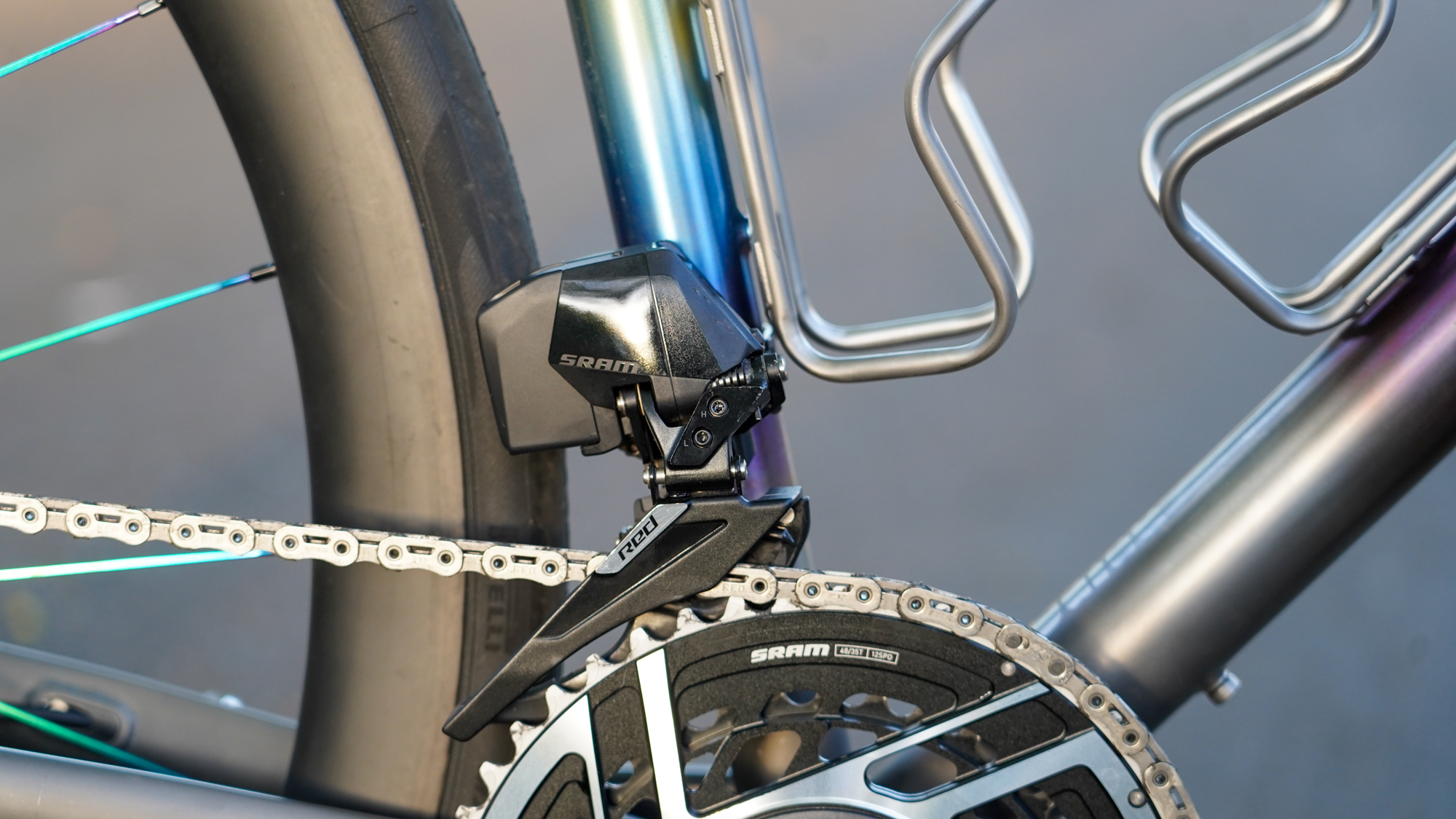 Opinion: Are electronic groupsets worth the investment?
Opinion: Are electronic groupsets worth the investment?Thoughts on drivetrains, buttons, batteries, fast vs slow, good vs evil, wristwatches and zen states of being
By Tyler Boucher
-
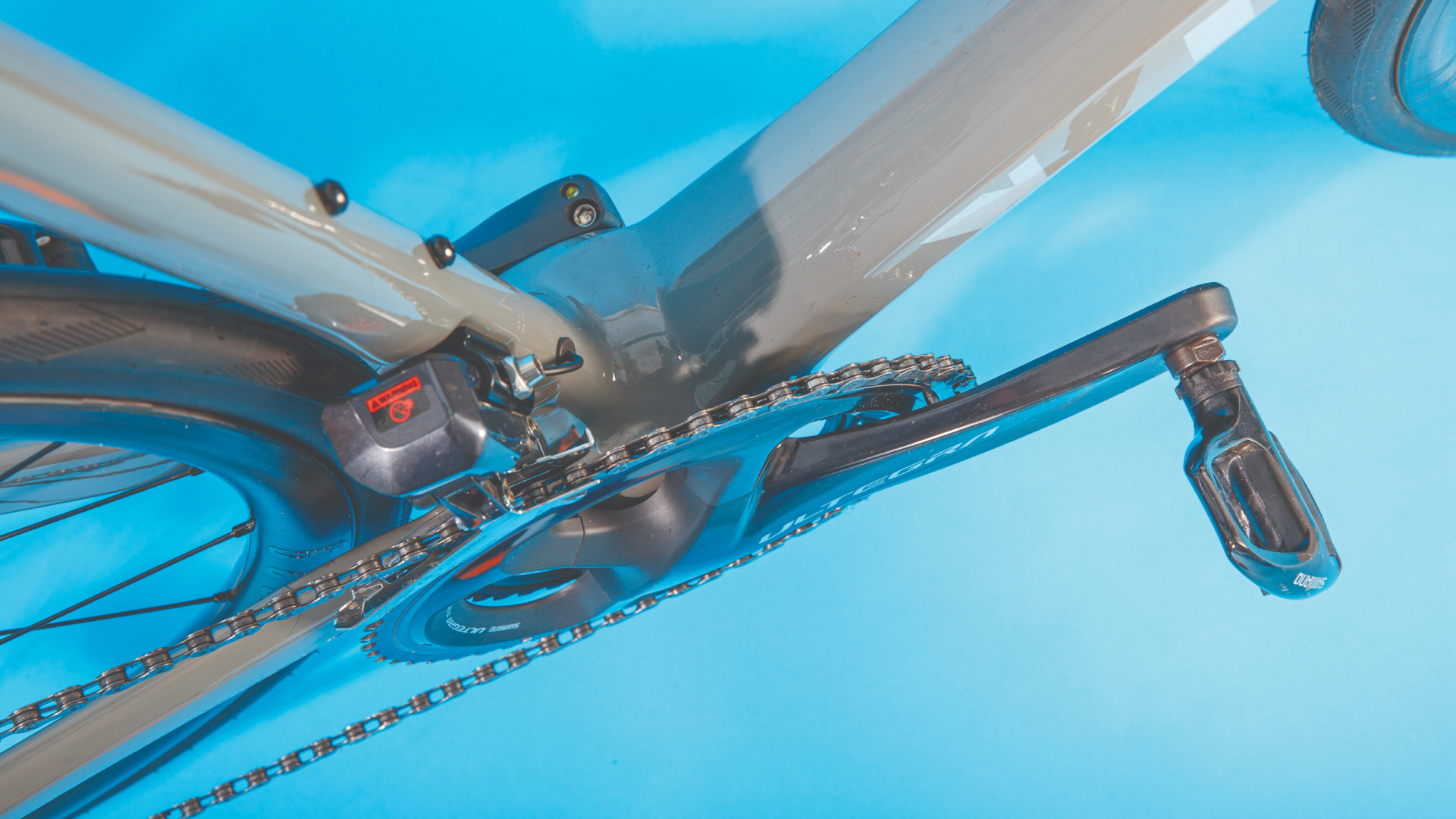 Everything you want to know about the Q Factor
Everything you want to know about the Q FactorWhat it is and why it matters, how to measure it, what the Q stands for, and more
By Tyler Boucher
-
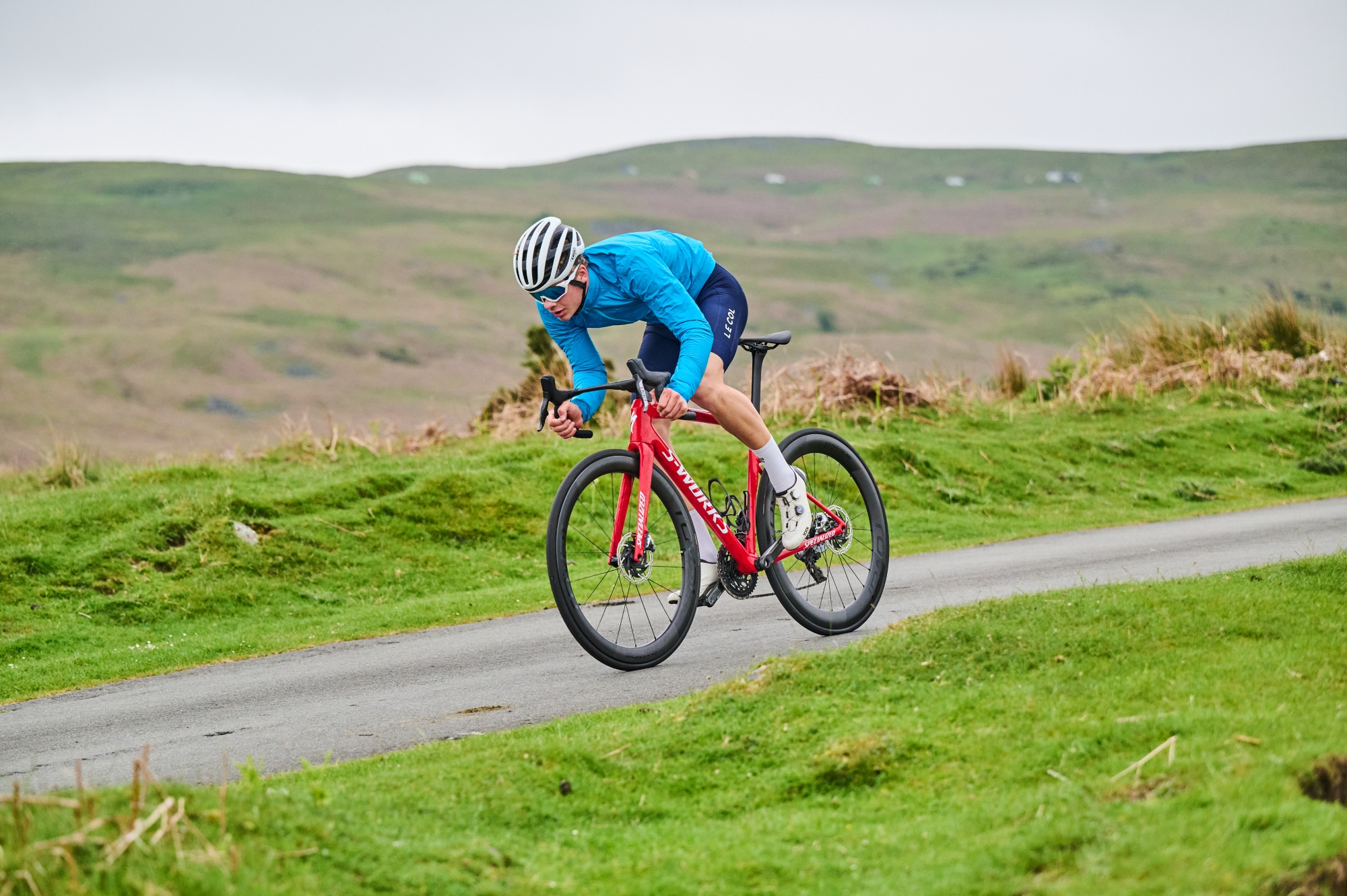 Stiffness vs. Compliance: Making sense of bicycle frame design
Stiffness vs. Compliance: Making sense of bicycle frame designHow frame designers find the sweet spot between stiffness and compliance as well as some thoughts on “ride quality”
By Tyler Boucher
-
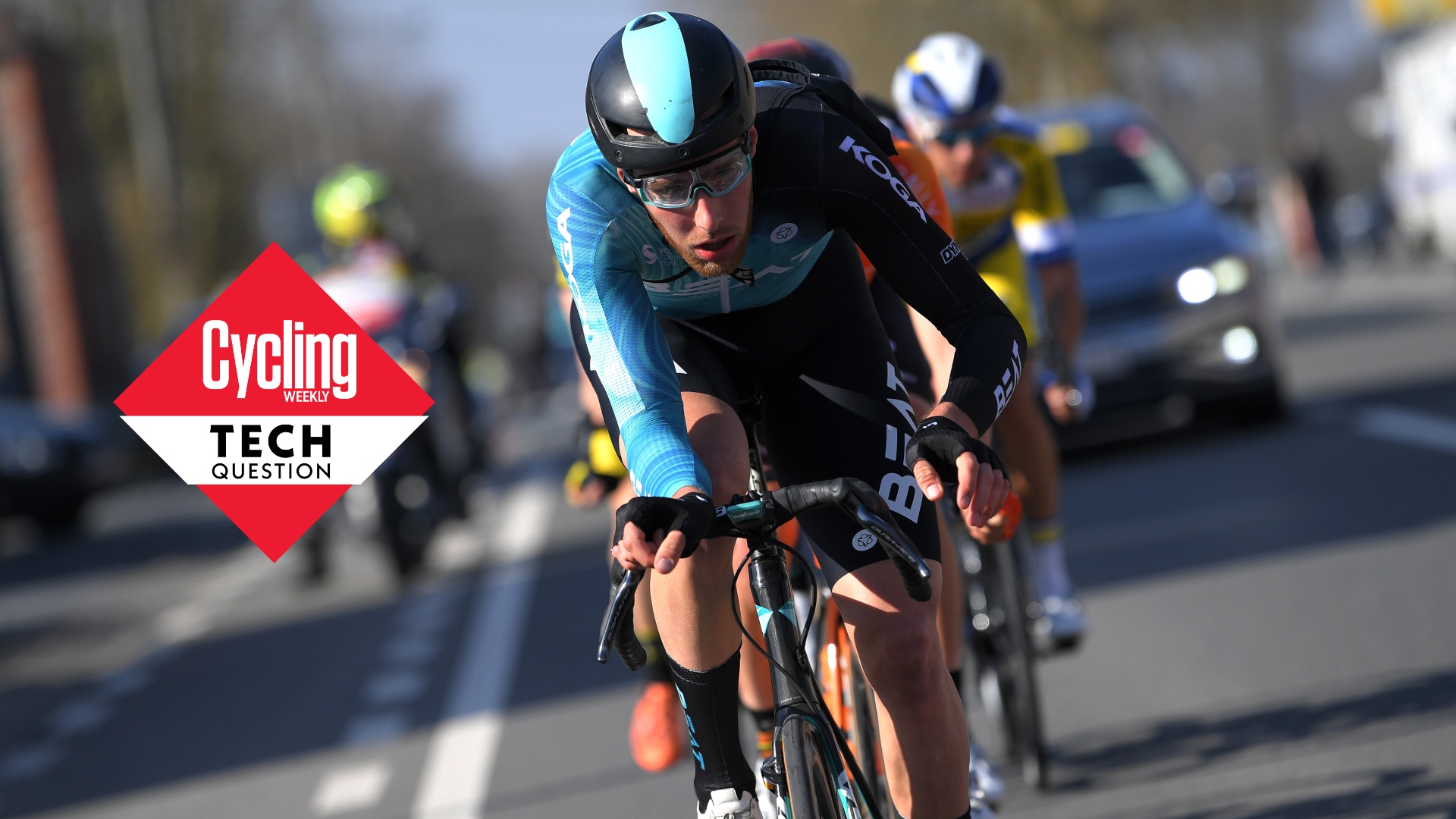 Tech Question: We're used to racers on narrow bars - but are they more comfortable, too?
Tech Question: We're used to racers on narrow bars - but are they more comfortable, too?We ask the experts what to look for in determining the optimal handlebar width
By Joe Baker
-
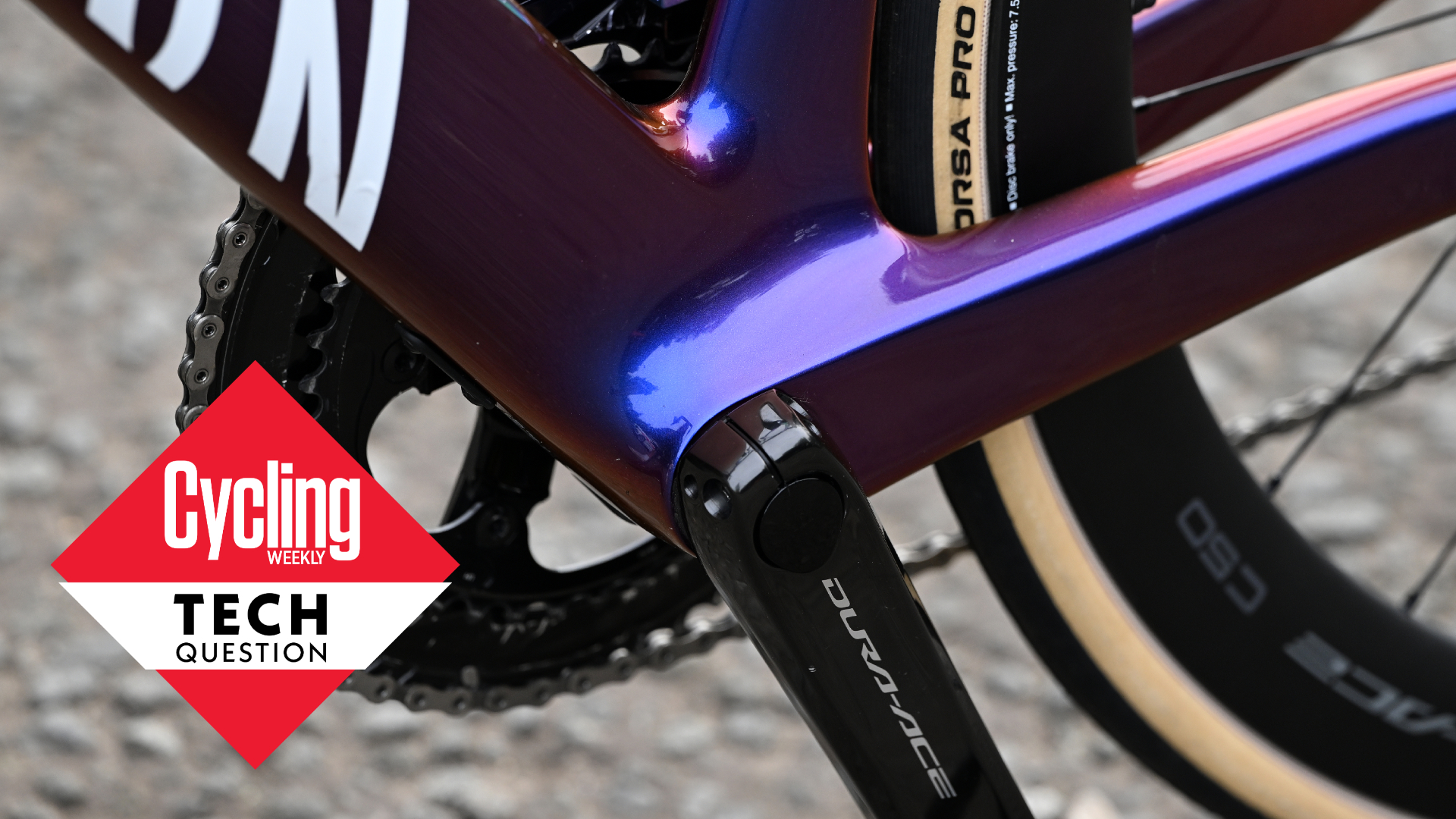 Tech Question: Where do things now stand on press-fit bottom brackets? Good or bad?
Tech Question: Where do things now stand on press-fit bottom brackets? Good or bad?Few innovations have garnered as much animosity as press-fit bottom brackets - but the tech now has some strong proponents
By Stefan Abram
-
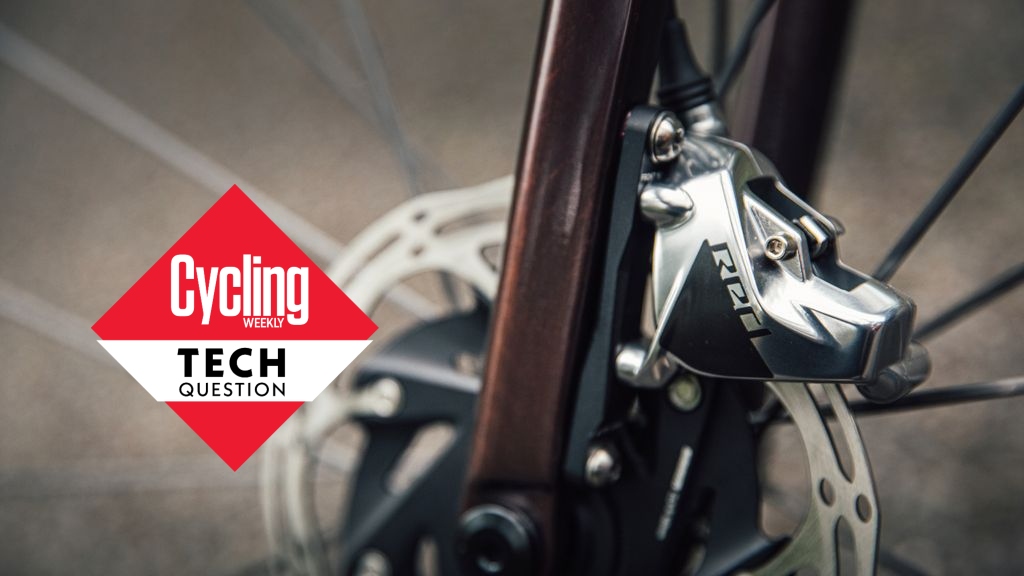 Tech Question: Is a proper clean the only disc brake upgrade you need?
Tech Question: Is a proper clean the only disc brake upgrade you need?Bike mechanic and owner of Surrey Hills Cycleworks, Dave Farmer, shares his tips on how to improve braking performance
By Stefan Abram
-
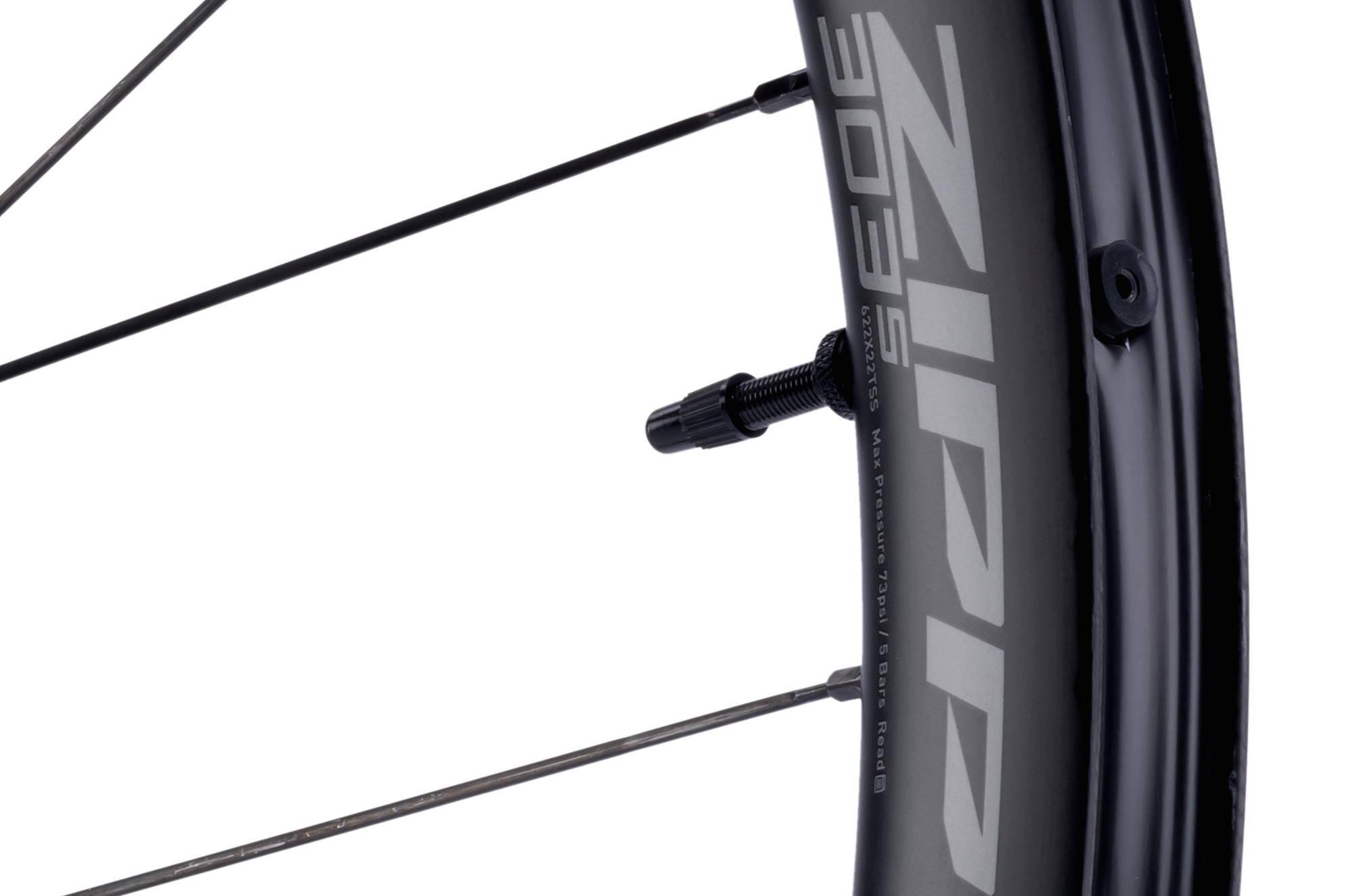 What are hookless rims and do you need them?
What are hookless rims and do you need them?With the big wheel brands launching new rims with straight sidewalls, we ask whether hookless technology can benefit your bike riding
By Simon Smythe
-
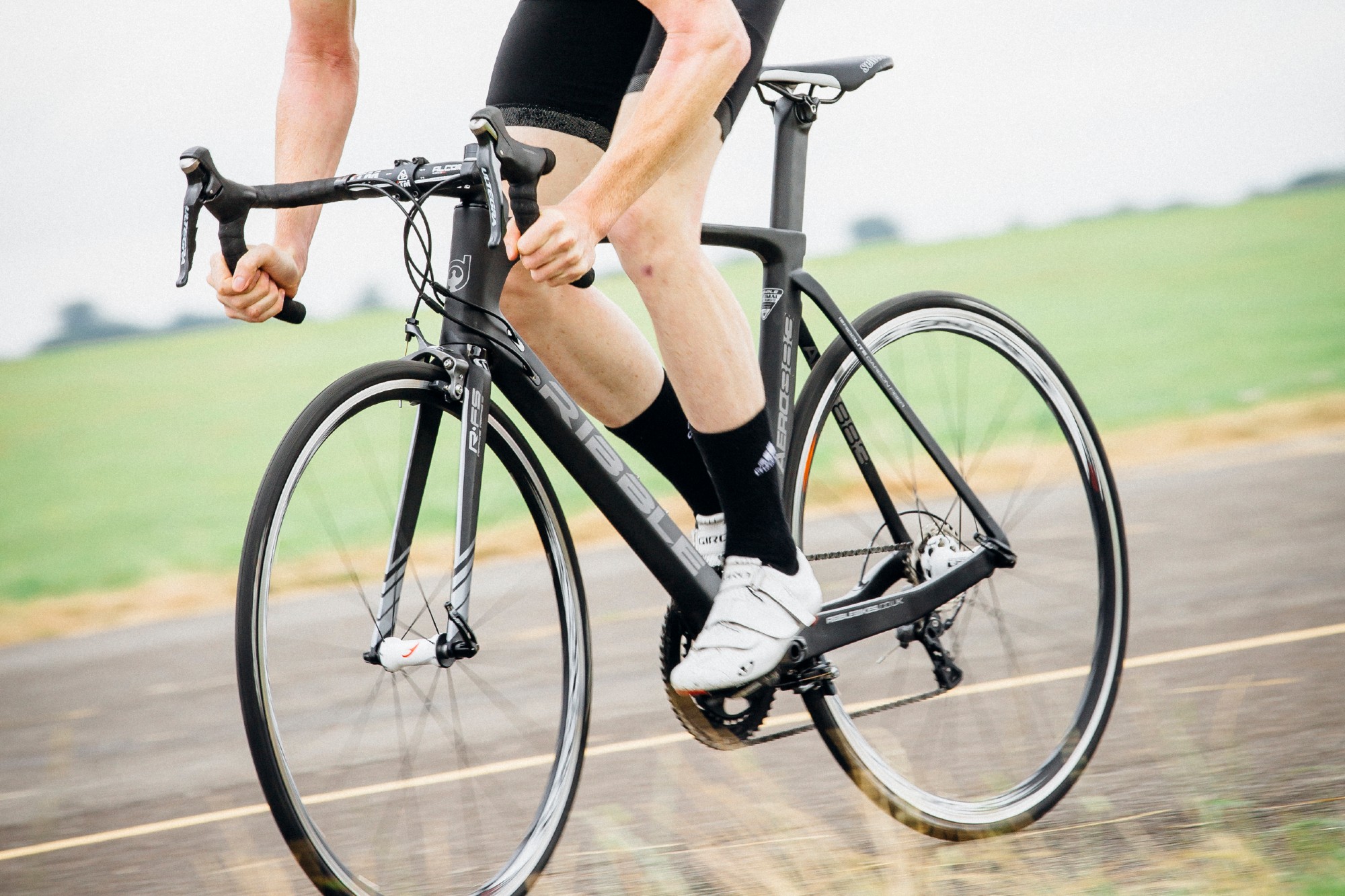 Is a stiffer bike really faster?
Is a stiffer bike really faster?We take a closer look at one part of the holy trinity of frame design
By Michelle Arthurs-Brennan